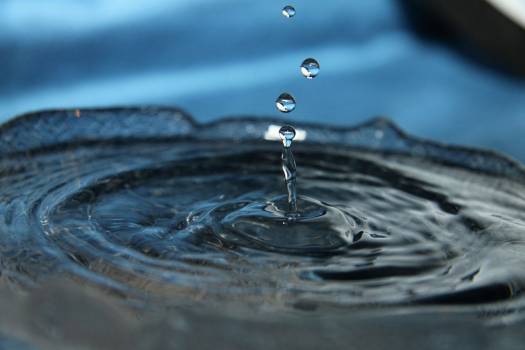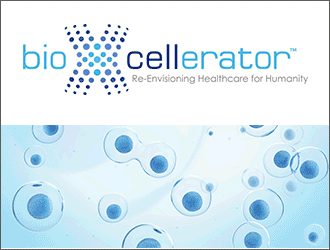
The U.S. Environmental Protection Agency (EPA) has awarded $1,102,000 in grant funding to assist the state of Georgia with identifying sources of lead in drinking water in schools and child care facilities.
“Addressing childhood lead exposure from drinking water sources is a top EPA priority,” EPA Region 4 Administrator Mary S. Walker said in a news release. “EPA is proud to help Georgia protect children and families from lead exposure and invest in thoughtful, preventative actions.”
The Georgia Department of Education (GaDOE) will use the funds to support testing of drinking water in schools and child care programs, to ensure that children are not being exposed to lead in the water they consume. Additionally, GaDOE will use the funds to educate and test for lead in schools in high risk communities throughout Georgia.
Under EPA’s new Voluntary Lead Testing in Schools and Child Care grant program, EPA has awarded $43.7 million in grants towards funding the implementation of testing for lead in drinking water. This funding is a resource which creates or expands programs to test for lead in drinking water at schools and child care programs in states and the District of Columbia. EPA’s 3Ts (Training, Testing, and Taking Action) for Reducing Lead in Drinking Water in Schools will be used by the grantee to assist schools in implementing lead in drinking water testing including identifying sources of lead such as fountains.
Background:
Under Administrator Wheeler’s leadership, in December 2018 EPA with its federal partners announced the Federal Action Plan to Reduce Childhood Lead Exposures and Associated Health Impacts. Through the Action Plan, EPA is working to reduce lead exposures from multiple sources including: paint, ambient air, and soil and dust contamination. As part of the Action Plan, EPA proposed a rule in October 2019 that significantly improves the actions that water systems must take to reduce lead in the nation’s drinking water. This proposed rule represents the first major overhaul of the Lead and Copper Rule since 1991 and will better protect children in schools and child care facilities by requiring water systems, to take drinking water samples from the schools and child care facilities served by the system.
In addition, the agency is taking other significant actions to modernize aging water infrastructure and reduce exposure to lead, including:
- Financing drinking water infrastructure improvement projects through EPA’s Water Infrastructure Finance and Innovation Act (WIFIA) program. In 2019, 11 of the 38 selected projects will reduce lead or emerging drinking water contaminants.
- Working with states, tribes, and territories to award $87 million in funding through EPA’s two new drinking water grant programs established by the Water Infrastructure Improvements for the Nation Act (WIIN)— the Voluntary Lead Testing in Schools and Child Care grant program and the Assistance for Small and Disadvantaged Communities grant program. EPA will announce funding details for WIIN’s third newly-created grant program dedicated to reducing lead in drinking water systems in early 2020.
- Providing more than $1 billion in 2019 in new federal grant funding for the Drinking Water State Revolving Fund (DWSRF) which can be used for loans that help drinking water systems improve distribution systems by removing lead service lines.

1 Comment
Leave a Reply
Cancel reply
Leave a Reply

Crime & Safety
GBI Investigates Death in Millen

Georgia Politics
Gov. Kemp Signs Combatting Human Trafficking and Supporting Victims

Bulloch Public Safety
04/09/2024 Booking Report for Bulloch County

Bulloch Public Safety
04/01/2024 Booking Report for Bulloch County

Bulloch Public Safety
04/08/2024 Booking Report for Bulloch County

Bulloch Public Safety
04/15/2024 Booking Report for Bulloch County

Bulloch Public Safety
04/22/2024 Booking Report for Bulloch County







NELDA SMITH
February 1, 2020 at 7:25 pm
WHO IS PAYING FOR THAT 1.1 MILLION? GA. TAX PAYERS, THAT’S WHO ! EVERY COUNTY WATER UTILITY CHECKS DRINKING WATER MONTHLY…